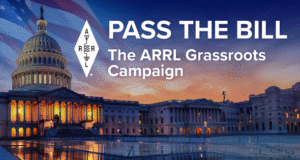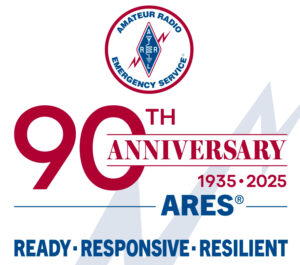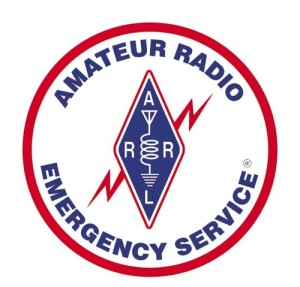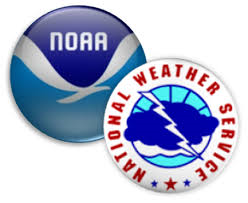WCF SECTION PRESS RELEASE #25-30
PASS THE BILL ARRL Grassroots Campaign is Underway.
How can you send these letters? It is easy.
Go to — https://send-a-letter.org/hoa/— enter your call sign and click on “Send My Letters” and your letters will be delivered to our Washington legislative team for hand delivery to your Representative and Senators.
Does your individual letter matter? YES.
Your Representative and Senators need to know that the passage of this legislation is important to you.
Your letter could be the difference in whether we are able to pass H.R. 1094 and S. 459.






